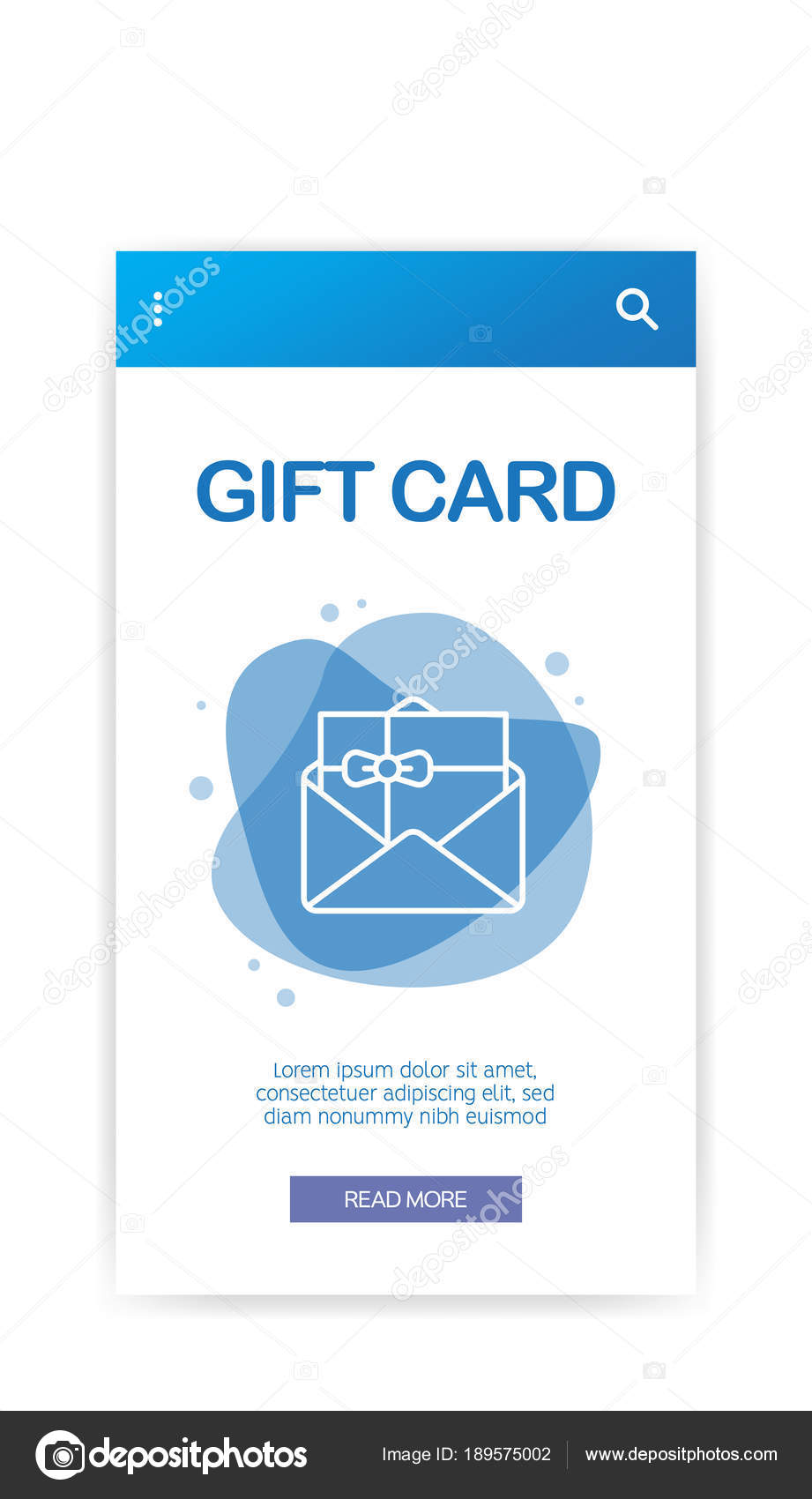A laser is a powerful tool for noting and engraving on products like metals, timber, and glass. However when working with a weak product like glass, precise positioning of your style is critical.
Unlike various other laser-marked materials, glass does not evaporate however fractures when revealed to laser heat. This offers the engraved surface area its characteristic look.
Localized Home heating
The laser light communicates with the glass surface, triggering localized home heating and potentially vaporization or ablation. This produces an etched, frosted, or personalized look. Unlike inks and paint, laser marking marks are irreversible and do not fade with time.
Laser etching on glass is challenging as a result of the material's brittleness and sensitivity to thermal shock. The sudden, fast temperature modifications created by high laser power can trigger breaking and damage of the surface.
To minimize this risk, laser engravers utilize water chillers to assist take care of the warm and spread it equally over the surface. Using a moistening substance or covering up the surface area also helps to minimize splitting and improve laser efficiency. On top of that, reducing the laser power setting and raising the etching rate assistance to maintain a consistent temperature level. Also, staying clear of subjecting the glass to hot air or water right away after engraving will certainly likewise reduce the threat of thermal shock and splitting.
Transparent Materials
Many different laser maker kinds are available, with each having unique wavelengths and power arrays. Some are able to create high-contrast inscriptions on glass while others might require extra actions to ensure ideal outcomes.
As an example, using a paper mask to safeguard the surface of your work surface from warmth can help reduce cracking by dissipating the laser beam of light's warmth prior to it has a chance to influence the glass. Similarly, applying a thin layer of recipe soap can additionally minimize the amount of glass shards that are sent out after the laser process is complete.
Finally, it is very important to maintain the laser head at a regular rate throughout the entire process to avoid sudden changes in temperature that can cause fracturing. In addition, a water-cooled laser system can also help handle the effect of laser warm on delicate materials such as glass. Furthermore, choosing to utilize a Jarvis dither pattern on your laser motorist setups will certainly divide the dots of your visuals, lowering their total warmth intake and impact on the material.
Precision
Laser engraving is among the most accurate methods for glass marking. It allows for top quality, customized gifts or business applications such as engraved glass wares for dining establishments that advertises brand name engraved family name signs identification and top quality.
Personalized glass is durable and able to hold up against day-to-day usage and cleansing, making it appropriate for a range of applications. It likewise provides fantastic flexibility when it concerns the design of patterns, images, and text.
Guarantee you make use of the ideal kind of glass for your job and tweak your laser settings before beginning. Various sorts of glass react in a different way to heat, and adjusting the laser power based on density aids prevent splitting. Likewise, a water-chiller reduces temperature variations that cause breaking. Finally, covering up the surface area of your glass work surface with a paper towel or a layer of dish soap can help dissipate the laser warmth and stop breaking. It is also important to safeguard your glass work surface with a jig to minimize motion that results in misalignment.
Sustainability
Laser noting on glass is an eco-friendly process that reduces making use of harmful chemicals and offers clear, irreversible high-resolution codes. This assists safeguard items versus tampering and counterfeiting while instilling self-confidence in clients.
With a little preparation, laser inscription on glass opens a world of opportunities for musicians and manufacturers alike. It is a cost-efficient and lasting alternative to typical inscription techniques such as sandblasting or engraving creams.
Prior to etching, it is important to pre-heat the glass. This assists restrict thermal shock and prevent cracking of the weak material. Maintaining the power settings low and utilizing a slower cool down can additionally assist to prevent glass splitting. Additionally, a fume removal system can help get rid of smoke, dust, and particle debris from the work space to keep the workplace risk-free and tidy. Once your system is effectively set up, it's an excellent idea to trying out a few examples to find the most effective setting for your certain type of glass.
